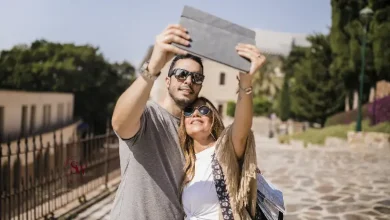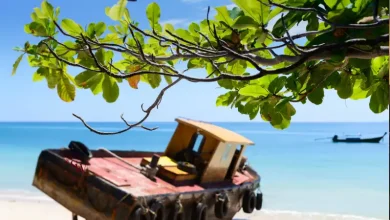Traveling to India
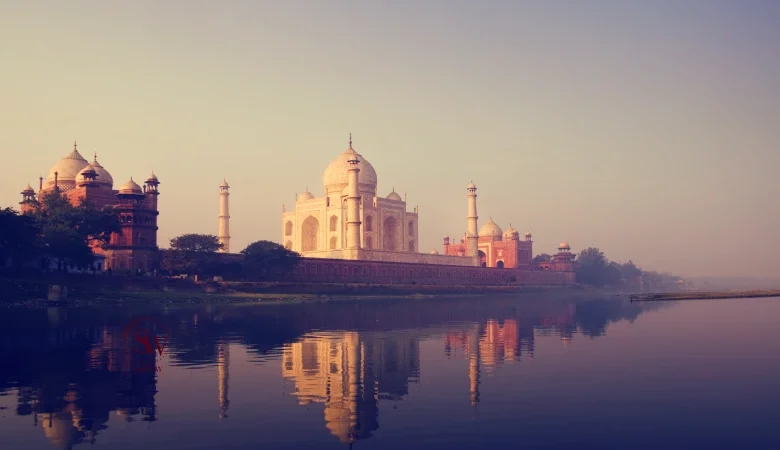
With its kaleidoscopic blend of cultures, vibrant landscapes, and rich heritage, India stands as a captivating destination for travelers worldwide. Spanning from the snow-capped peaks of the Himalayas to the sun-kissed beaches of Goa, India offers an unparalleled tapestry of experiences waiting to be explored. Embark on a journey through this land of diversity, where every corner tells a story, and every moment is a revelation.
Discovering India: A Cultural Odyssey
India, often dubbed as the cradle of civilization, boasts a cultural heritage that dates back thousands of years. From the ancient ruins of the Indus Valley Civilization to the majestic forts and palaces of the Mughal era, the country is a treasure trove for history enthusiasts. The iconic Taj Mahal, a testament to eternal love, stands as a symbol of India’s architectural prowess and artistic finesse.
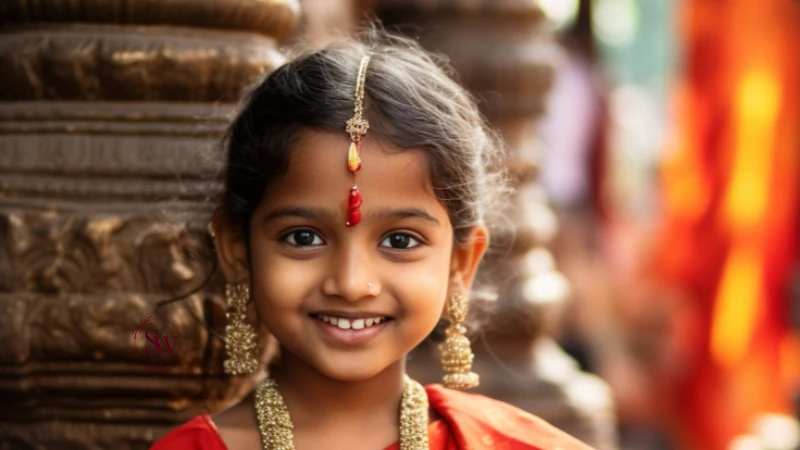
The Melting Pot of Flavors: Culinary Delights
One cannot truly experience India without indulging in its culinary delights. From the fiery curries of the north to the subtle flavors of coastal cuisine, Indian food is a gastronomic adventure like no other. Sample street food delicacies in bustling markets, savor aromatic biryanis in regal settings, or delve into the vegetarian wonders of South Indian cuisine—the options are as diverse as the country itself.
A Tapestry of Landscapes: Natural Splendors
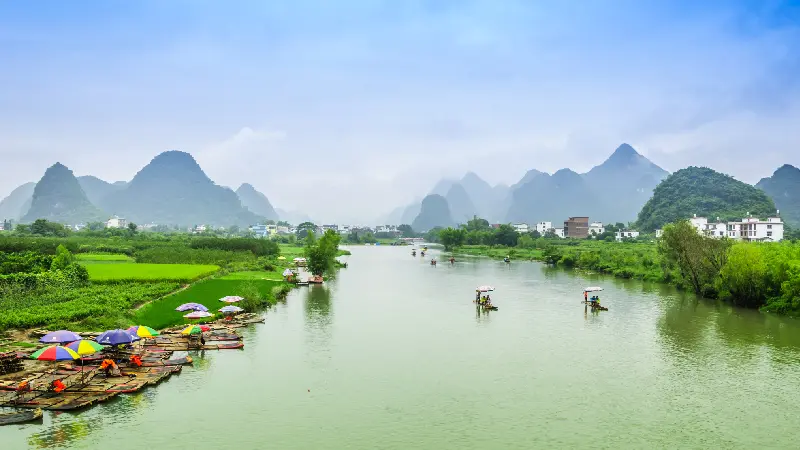
Nature enthusiasts will find solace in India’s breathtaking landscapes, each more enchanting than the last. Trek through lush green valleys in Himachal Pradesh, witness the surreal beauty of the backwaters in Kerala, or lose yourself amidst the pristine wilderness of the Western Ghats. India’s wildlife sanctuaries offer a glimpse into the majestic realm of tigers, elephants, and rhinoceroses, making it a haven for eco-tourism.
Spirituality and Serenity: Sacred Sites
For seekers of spiritual enlightenment, India is a pilgrimage like no other. The banks of the Ganges River, adorned with ancient temples and ghats, beckon devotees and wanderers alike. Experience the tranquility of meditation in the serene environs of Rishikesh, embark on a spiritual journey to Varanasi, the oldest inhabited city in the world, or seek inner peace amidst the Buddhist monasteries of Ladakh.
Navigating the Cultural Landscape: Etiquette and Customs
While India’s cultural diversity is a source of fascination, it is essential to navigate its social intricacies with respect and understanding. Dress modestly, especially when visiting religious sites, and adhere to local customs and traditions. Greet locals with a courteous “Namaste” and embrace the warmth of Indian hospitality. Learning a few basic phrases in Hindi or the local language of the region you are visiting can go a long way in fostering connections with the locals.
Practical Tips for Travelers
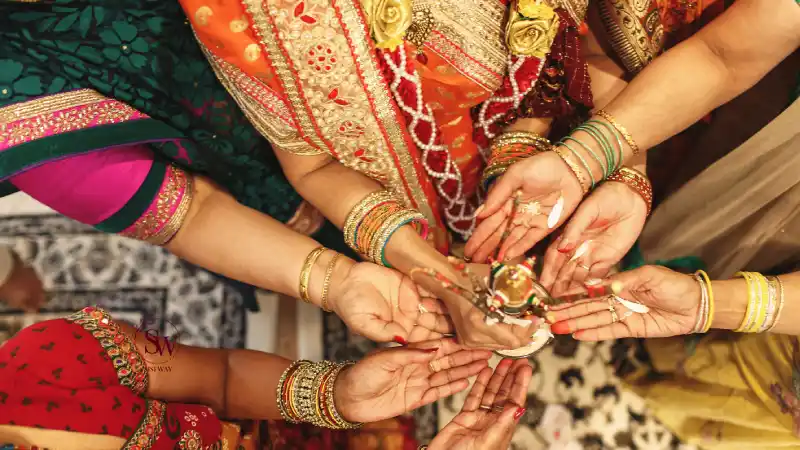
How to Apply for an Indian Visa
- Determine the Type of Visa:
- First, identify the purpose of your travel to India. Different visa categories exist, such as tourist, business, medical, or student visas. Choose the one that aligns with your travel intentions.
- Online Application:
- Visit the India Visa Online portal, which is the authorized platform for visa applications.
- Fill out the visa application form securely on the website. Provide accurate and complete information.
- Required Documents:
- Gather the necessary documents:
- Valid Passport: Ensure your passport is valid for at least six months from your travel date.
- Two Recent Passport-Size Photographs: These should meet the specified guidelines.
- Applicable Visa Fee: Check the fee based on your visa type.
- Gather the necessary documents:
- Submission Options:
- You have two options for submitting your application:
- Indian Visa Application Center (IVAC): Visit the nearest IVAC and submit your application along with the required documents.
- Indian Mission/Post: If you prefer, submit your application directly at the Indian embassy or consulate.
- You have two options for submitting your application:
- Collect Your Visa:
- Once your application is processed, you’ll receive your passport with the visa stamped.
- Collect your passport either from the Indian Mission/Visa Application Center or via mail.
- Important Notes:
- Visa on Arrival: Japan, South Korea, and UAE nationals (who previously obtained e-Visa or regular/paper visa) can avail of visa on arrival at selected Indian airports.
- OCI Cardholders: Overseas Citizens of India (OCI) cardholders do not need a separate visa.
Remember that the Government of India has not authorized any agent or intermediary to charge fees for emergency or express visa services. Always verify information directly through official channels.
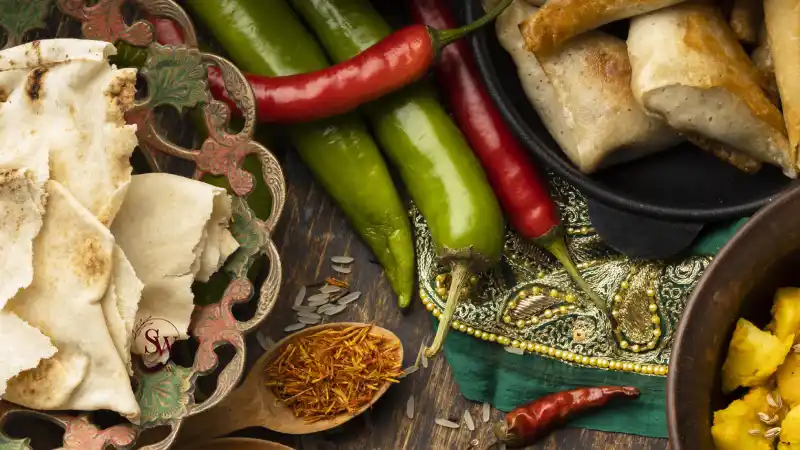
Health and Safety
Stay informed about health advisories and vaccination requirements before traveling to India. It is advisable to drink bottled or purified water and carry essential medications, especially if you have pre-existing health conditions.
Transportation
India offers a range of transportation options, including trains, buses, and domestic flights. While trains are a quintessential Indian experience, booking tickets in advance is recommended to secure your preferred travel class and route.
Accommodation
From luxurious hotels to budget-friendly guesthouses and homestays, India caters to every traveler’s preferences. Research and book accommodation in advance, especially during peak tourist seasons, to ensure a comfortable stay.
Currency Exchange
Familiarize yourself with the local currency, Indian Rupee (INR), and exchange currency at authorized outlets or banks to avoid inflated exchange rates.
Cultural Sensitivity
Respect local customs and traditions, especially regarding photography in religious sites and interactions with the local community. Seek permission before taking photographs of individuals, particularly in rural areas.
What Language Do They Speak in India?
While English is widely spoken in urban areas and tourist destinations, learning a few basic phrases in Hindi or the local language can enhance your travel experience and foster connections with the locals.
When Is the Best Time to Travel to India?
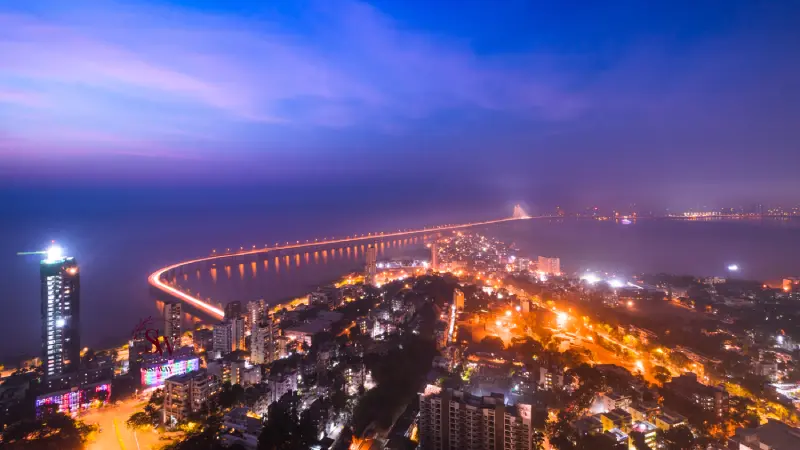
The best time to visit India depends on various factors, including weather, festivals, and the experiences you seek. Let’s explore the optimal times for different regions and activities:
- Winter Wonderland (December to March):
- Weather: This period offers pleasant weather across most of India. The northern plains enjoy sunny days with manageable temperatures. Even the southern regions experience milder humidity.
- Activities:
- Beach Days: Head to Goa, Kerala, or Andaman and Nicobar Islands for sun-kissed beaches.
- Tiger Safaris: Visit national parks like Kanha and Bandhavgarh for a chance to spot majestic tigers.
- Temple Trips: Explore historic temples and forts in cities like Delhi, Jaipur, and Varanasi.
- Festivals: Witness Hindu marriage ceremonies and Christmas celebrations in Goa and Kerala.
- Monsoon Magic (June to September):
- Weather: Monsoon season brings lush greenery and refreshing showers. While it’s not the typical tourist season, there are reasons to visit:
- Festivals: Experience vibrant monsoon festivals like Teej and Raksha Bandhan.
- Hill Stations: Explore the Western Ghats and enjoy the misty charm of hill stations like Munnar and Coorg.
- Ladakh: Despite the rain, Ladakh’s dry mountains are accessible during this time.
- Note: Be prepared for occasional disruptions due to heavy rainfall.
- Weather: Monsoon season brings lush greenery and refreshing showers. While it’s not the typical tourist season, there are reasons to visit:
- Shoulder Seasons (October and November):
- Weather: These months bridge the gap between monsoon and winter. The weather is pleasant, and skies are clear.
- Activities:
- Golden Triangle: Explore Delhi, Agra, and Jaipur without extreme heat or rain.
- Rajasthan: Discover the desert forts and palaces.
- Himalayan Treks: Embark on treks in Himachal Pradesh and Uttarakhand.
- Festivals: Witness Diwali, Durga Puja, and Pushkar Camel Fair.
FAQs
- Is it safe to travel to India alone?
India is generally a safe destination for solo travelers, especially in tourist-friendly areas. However, it is advisable to exercise caution, particularly in crowded places and unfamiliar surroundings. Stay informed about local safety advisories and trust your instincts while traveling alone. - What is the best time to visit India?
The best time to visit India depends on the region you plan to explore and your preferences. The winter months (October to March) are ideal for most parts of the country, offering pleasant weather and festive celebrations. However, hill stations are best visited during the summer months (April to June), while the monsoon season (July to September) rejuvenates the landscape, particularly in Kerala and the Western Ghats. - How can I experience India on a budget?
Traveling on a budget in India is entirely feasible, thanks to its affordable accommodation options, budget-friendly transportation, and inexpensive street food. Opt for local guesthouses or hostels, use public transport or shared taxis, and explore street food markets for authentic culinary experiences without breaking the bank. - Are there any cultural etiquettes I should be aware of while visiting India? Yes, it is essential to respect local customs and traditions while visiting India. Dress modestly, especially when visiting religious sites, remove your shoes before entering temples or homes, and seek permission before taking photographs of individuals, particularly in rural areas. Greet locals with a courteous “Namaste” and embrace the warmth of Indian hospitality.
- What are some must-visit destinations in India?
India boasts a plethora of must-visit destinations, each offering unique experiences. Some popular choices include the majestic Taj Mahal in Agra, the bustling streets of Delhi, the serene backwaters of Kerala, the spiritual aura of Varanasi, the majestic forts of Rajasthan, and the pristine beauty of the Himalayas in Himachal Pradesh and Uttarakhand.
Embark on an unforgettable journey to India, where every moment is a symphony of colors, cultures, and contrasts. From the bustling streets of Delhi to the tranquil shores of Kerala, immerse yourself in the myriad experiences that this captivating land has to offer. Let India bewitch you with its timeless charm and leave an indelible imprint on your soul.


